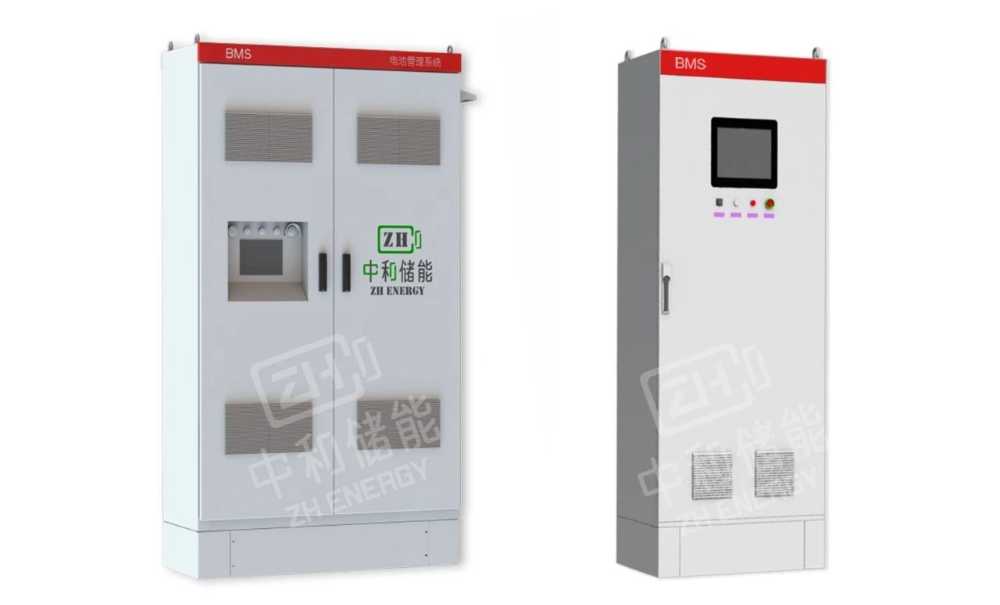Customized Liquid Flow Battery “Housekeeper”: How to Ensure the Reliability and Stability of BMS
Classification:Company News
- Author:ZH Energy
- Release time:Jul-07-2025
【 Summary 】ZH Energy's Liquid Flow Battery Management System, applicable to various liquid flow technologies, can be designed, developed, and manufactured according to specific requirements.
Liquid flow batteries have become an ideal choice for long-duration energy storage due to their large capacity, long lifespan, and high safety. The reliability and stability of their battery management system (BMS) are the core guarantees for the safe and efficient operation of the entire energy storage system. To ensure the reliability and stability of the liquid flow battery BMS, comprehensive measures must be taken from multiple levels:
The physical pressure resistance and redundancy design of the core hardware modules are the foundation. Data acquisition should cover conventional parameters such as voltage and current, as well as unique parameters of liquid flow batteries, including electrolyte pressure, flow rate, liquid level, and pump current/frequency. Industrial-grade sensors combined with anti-interference circuit designs (such as shielding and filtering) should be used to ensure accuracy. Redundancy or self-calibration mechanisms for critical parameters (such as flow rate and pressure) should be implemented to prevent misjudgments caused by single-point failures. The execution control module should select highly reliable circulation pumps, valves, and their drivers, and set strict safety threshold control logic (such as automatic power reduction or shutdown when flow is insufficient). Hardware redundancy backup for key execution loops (such as main pump control) can be considered to enhance the overall availability of the system.
Secondly, the accuracy and anti-interference capability of the state estimation algorithm are crucial. To address the characteristics of liquid flow batteries (such as electrolyte mixing and side reactions), it is necessary to integrate open-circuit voltage method and ampere-hour integration method, and introduce compensation models or machine learning algorithms based on electrolyte parameters (concentration, temperature, flow rate) to significantly improve the accuracy of state of charge (SOC) estimation. At the same time, dynamically correct the health state (SOH) assessment model by real-time identification of battery internal resistance and capacity degradation, and design algorithms with the ability to handle sensor failures and data jumps to ensure stable and reliable estimation results and avoid improper control.
A real-time, multi-level safety monitoring and protection system should be established. The BMS must respond to all abnormal parameters (such as sudden pressure increase, abnormal flow, high temperature, low liquid level, short circuit, open circuit) at the millisecond level, trigger alarms, and execute a tiered protection strategy of "early warning - power reduction - shutdown." Combine software protection (such as instruction cutoff) with independent hardware protection loops (such as relay hard cutoff) to ensure safe shutdown of the system even if the main controller fails. At the same time, detailed fault data (fault recording) before and after the fault should be recorded to provide a basis for accurate diagnosis.
The reliability of communication and data management must be ensured. Communication with the power conversion system (PCS) and higher-level computers should use redundant channels (such as CAN + Ethernet) or ring network design, and robust industrial protocols (such as CANopen, Modbus TCP) should be applied with strict verification and retransmission mechanisms to prevent communication interruptions from forming information silos. Configure large-capacity non-volatile memory to completely save historical data such as operating parameters, state estimation, alarm events, and operation logs for offline analysis used in performance evaluation, fault tracing, and algorithm optimization.
The long-term stability must be verified through rigorous testing and environmental adaptability design. During development and production, comprehensive hardware-in-the-loop (HIL) testing and system integration must be carried out to simulate harsh conditions such as extreme temperature, voltage, current, and flow rate fluctuations, covering all functional requirements (acquisition, control, protection, communication, estimation, etc.). Long-term charge-discharge cycle aging tests should be conducted to verify the stability of the BMS during continuous operation. Key components should be selected to meet wide temperature range (such as -30°C to +60°C) requirements, and the cabinet design should achieve a high protection rating (such as IP54 or above) and meet the vibration and electromagnetic compatibility (EMC) standards of the power station environment.
Introducing intelligent diagnosis and predictive maintenance to enhance active reliability is also crucial. Establish expert knowledge bases or apply AI algorithms to conduct in-depth correlation analysis of alarm information to achieve more accurate fault localization. Based on historical operating data and SOH information, analyze the performance degradation trends of key components (such as pumps and sensors), predict potential failures, and carry out maintenance in advance to minimize unscheduled downtime.

In summary, ensuring the reliability and stability of the liquid flow battery BMS is a system project that runs through the entire life cycle of design, testing, and operation. Only by strengthening hardware redundancy and anti-interference capabilities, improving algorithm accuracy and fault tolerance, building a multi-level safety protection system, ensuring reliable communication and data, completing rigorous environmental verification, and supporting intelligent maintenance measures can we create a solid and reliable "brain" for the liquid flow battery energy storage system. The liquid flow battery management system (FBMS) independently designed and developed by ZH Energy covers all monitoring, calculation, and control functions of the liquid flow battery system. It can monitor the temperature, pressure, and SOC of the electrolyte in real time, and precisely control the flow and pressure of the electrolyte. It can also monitor the state of the electrolyte in real time, display fault information, and issue warnings. It supports communication with the energy management system (EMS) and can flexibly adapt to different liquid flow technology routes and their unique parameters, providing a function for customizing system parameters. Currently, there are standard models of 250kW and 500kW available, and it can also be customized and manufactured according to customer requirements, providing a solid guarantee for the reliable operation and efficient management of the liquid flow battery energy storage system throughout its entire life cycle.
Product Series:
Flow Battery Test Platform
